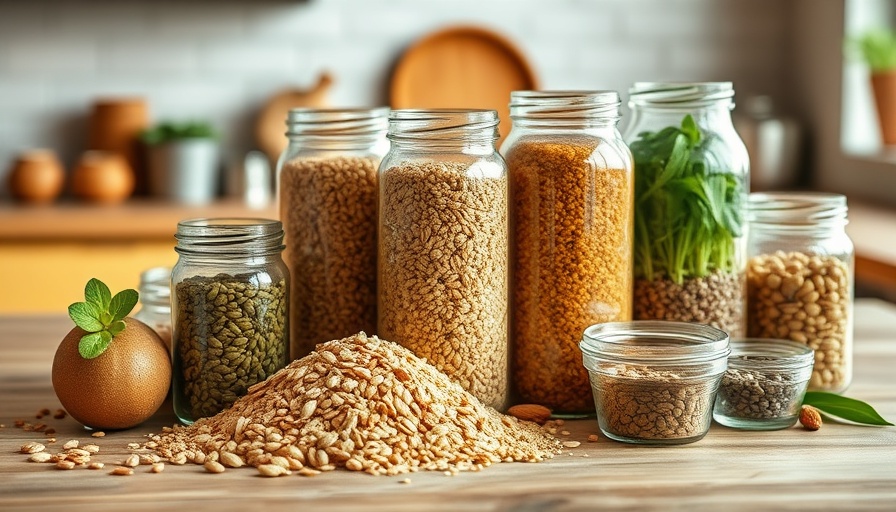
Unveiling the Secrets to Sprouting Grains, Nuts, and Seeds at Home
Have you ever wondered how you can enhance your diet with accessible, living nutrients? Sprouting grains, nuts, and seeds at home is a simple yet transformative way to unlock their full potential. Not only does sprouting boost nutritional content, but it also adds a delightful crunch to your meals. Let’s delve into the process and uncover the remarkable benefits of home sprouting.
What is Sprouting?
Sprouting involves soaking grains and seeds in water and allowing them to germinate. This process revitalizes dormant seeds, transforming them into nutrient-dense food sources. During sprouting, the levels of vitamins, minerals, and proteins increase, making them more digestible and beneficial to your health. A common misconception is that sprouted foods are unsuitable for everyone due to allergies or dietary restrictions; however, many can enjoy sprouts as they are inherently gluten-free (when made from gluten-free seeds) and nutrient-rich alternatives.
The Nutritional Benefits of Sprouting
Sprouting presents an array of health benefits:
- Enhanced Nutrients: Sprouted grains and seeds often contain higher concentrations of vitamins, particularly B vitamins, vitamin C, and vitamin E.
- Improved Digestibility: Sprouting breaks down complex carbohydrates, making it easier for your body to absorb nutrients.
- Increased Antioxidants: Sprouted foods can aid in fighting oxidative stress due to their boost in antioxidant levels.
In addition to these health benefits, sprouting enhances the flavors of food, leading to delightful culinary experiences.
How to Start Sprouting at Home
Getting started with sprouting is straightforward and requires minimal equipment. Here’s a step-by-step guide:
- Select Quality Seeds: Choose organic and untreated seeds to ensure successful germination.
- Rinse and Soak: Rinse your seeds thoroughly and soak them in water for several hours, typically between 4-12 hours depending on the seed type.
- Drain and Rinse: After soaking, drain off the water and rinse the seeds again. Place them in a well-ventilated container.
- Monitor and Maintain: Rinse the seeds daily, keeping them moist but not waterlogged. They should sprout within a couple of days, with visibility on small shoots.
- Harvest: Once the sprouts have reached your desired length (1-2 inches), they are ready to eat!
Common grains and seeds ideal for sprouting include alfalfa, lentils, and sunflower seeds. Each variety requires slightly different soaking times and sprouting conditions, so be sure to research accordingly.
Incorporating Sprouts into Your Diet
Once you’ve sprouted your grains and seeds, it’s time to enjoy them! Sprouts can be added to salads, smoothies, sandwiches, and soups. They add an exciting texture and a nutritious punch to your meals. Creating a balanced diet incorporating sprouted foods can transform not just your meals but also your overall well-being.
Wrapping Up: The Joy of Sprouting at Home
Embracing the practice of sprouting can be a fun and beneficial way to enhance your nutrition and culinary creativity. Not only does it give you fresh produce at your fingertips, but it also promotes a deeper connection with your food. Why not give it a try? Start small and explore the vast world of flavors and nutrients that await you with each seed transformed! Sprouting is not merely a kitchen trend; it’s a step towards healthier living.
 Add Row
Add Row  Add
Add 



Write A Comment